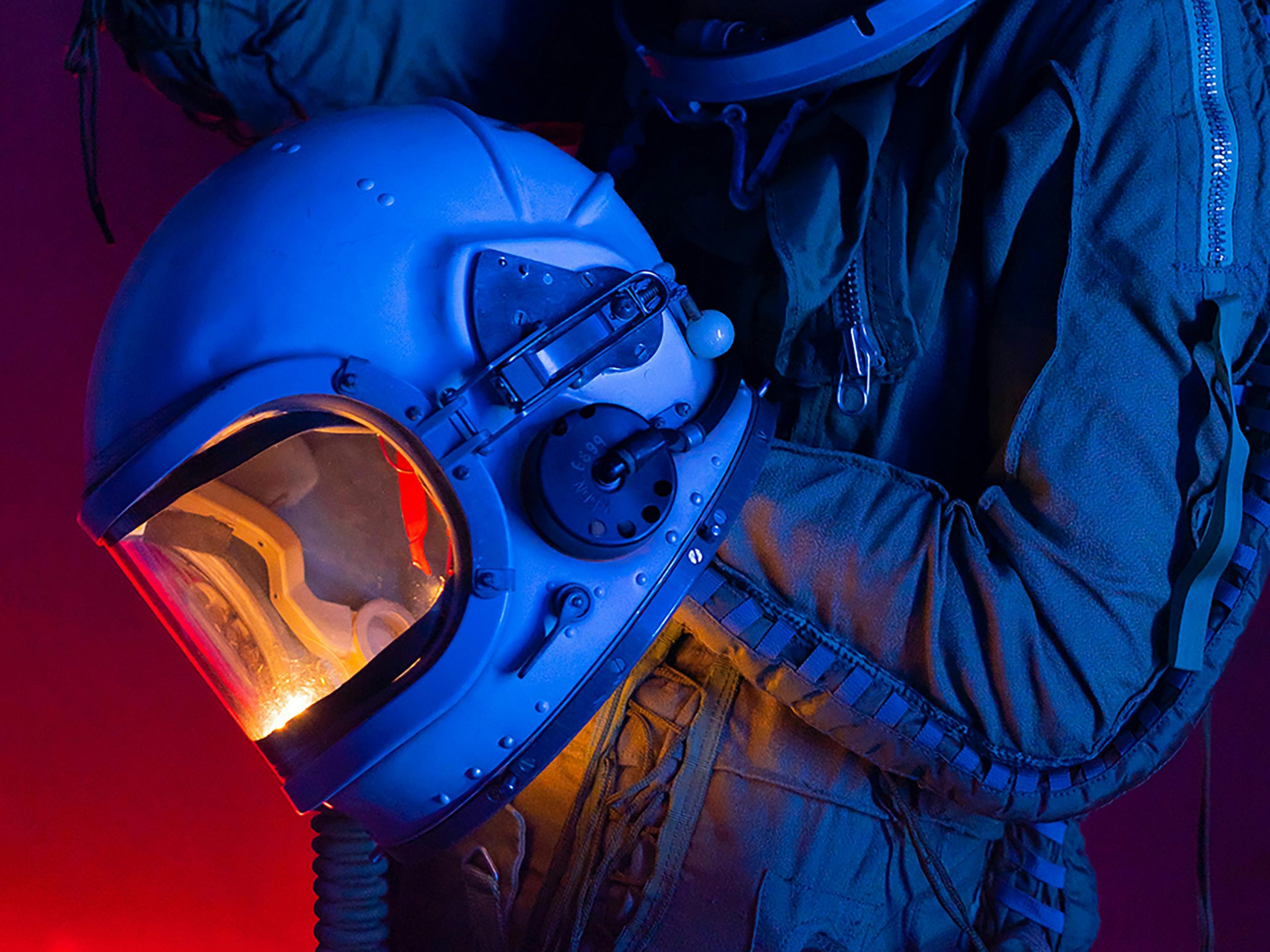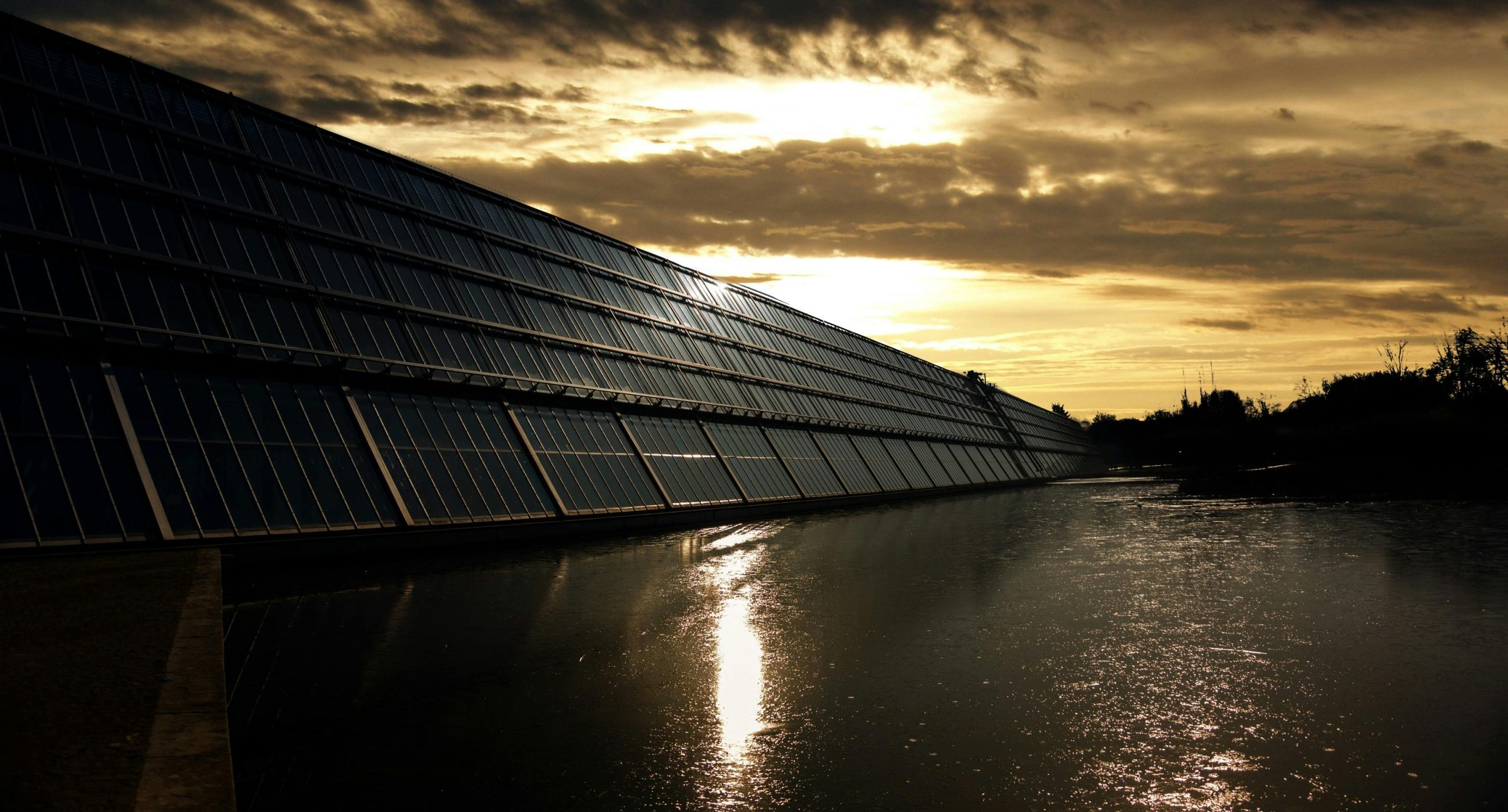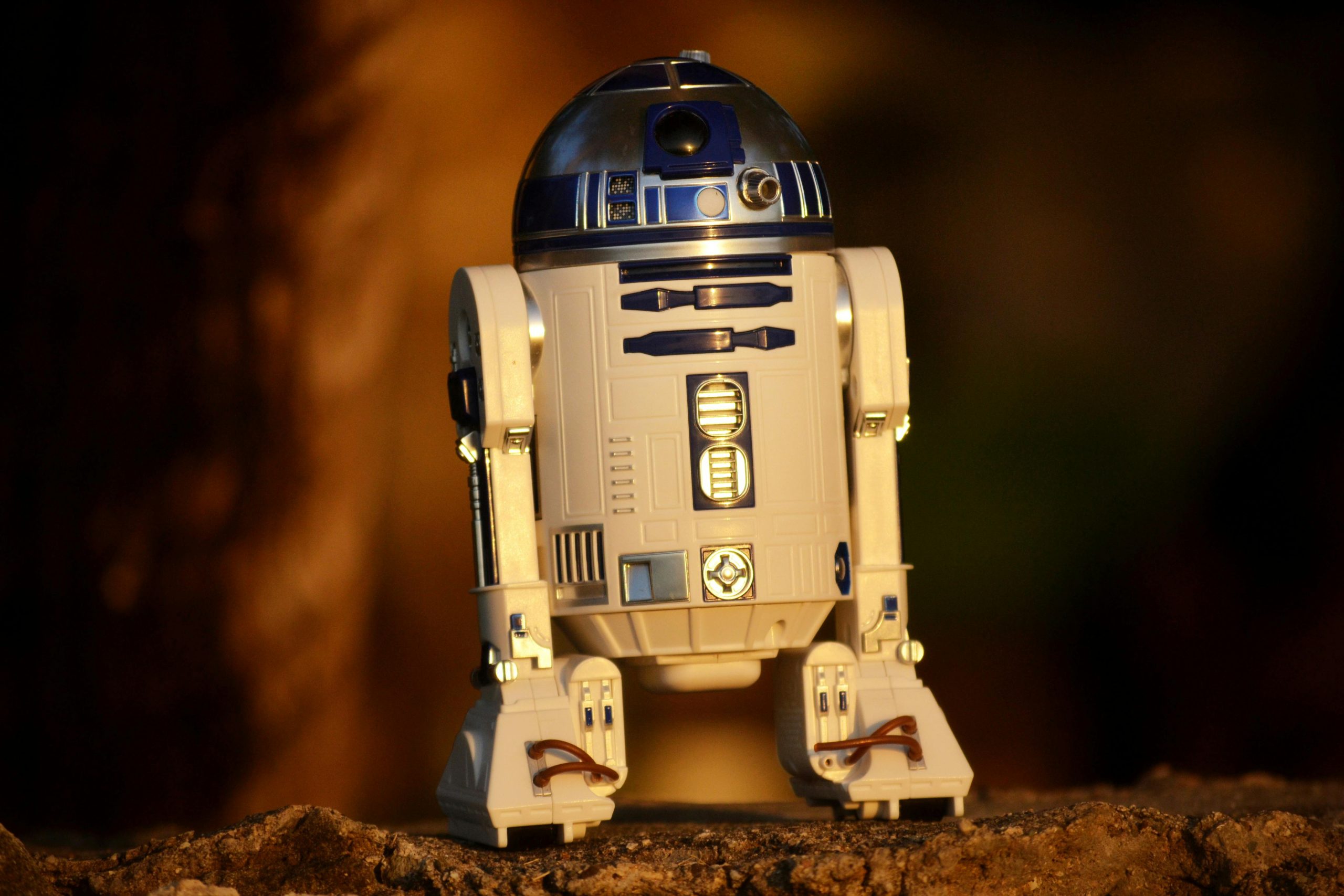Table of Contents
Introduction to Space Exploration
Space exploration has been one of humanity’s most ambitious and awe-inspiring endeavours. From the first artificial satellite to the ongoing missions to Mars, the journey of space exploration has transformed our understanding of the universe and our place within it. This article delves into the key milestones in the history of space exploration, highlighting the technological advancements and scientific breakthroughs that have shaped this extraordinary field.
The Dawn of Space Exploration: Sputnik and the Space Race
The story of space exploration began on October 4, 1957, when the Soviet Union launched Sputnik 1, the world’s first artificial satellite. This historic event marked the beginning of the Space Race, a fierce competition between the United States and the Soviet Union to achieve dominance in space technology. Sputnik’s successful orbit around Earth demonstrated the feasibility of space exploration and ignited a global fascination with the cosmos.
In response, the United States established NASA (National Aeronautics and Space Administration) in 1958, accelerating its efforts in space exploration. The Space Race reached its peak in 1961 when Soviet cosmonaut Yuri Gagarin became the first human to orbit Earth aboard Vostok 1. Just a few years later, in 1969, the United States achieved a monumental milestone with the Apollo 11 mission, landing astronauts Neil Armstrong and Buzz Aldrin on the Moon. Armstrong’s famous words, “That’s one small step for man, one giant leap for mankind,” encapsulated the significance of this achievement for space exploration.
The Era of Space Stations and Shuttles
Following the Moon landing, space exploration shifted its focus to long-term human presence in space. The 1970s and 1980s saw the development of space stations, such as the Soviet Union’s Salyut and Mir, and NASA’s Skylab. These orbiting laboratories allowed scientists to conduct experiments in microgravity and study the effects of space on the human body.
The introduction of NASA’s Space Shuttle program in 1981 revolutionized space exploration by providing a reusable spacecraft for transporting astronauts and cargo. The Space Shuttle facilitated the construction of the International Space Station (ISS), a collaborative project involving multiple nations. Since its launch in 1998, the ISS has served as a symbol of international cooperation in space exploration, hosting countless experiments and advancing our understanding of life in space.
Robotic Explorers: Probing the Solar System
While human spaceflight captured the public’s imagination, robotic missions have been the workhorses of space exploration. Unmanned probes and rovers have ventured to every corner of the solar system, providing invaluable data about planets, moons, and other celestial bodies.
NASA’s Voyager missions, launched in 1977, are among the most iconic robotic explorations. The twin spacecraft explored Jupiter, Saturn, Uranus, and Neptune, sending back stunning images and scientific data. Voyager 1 and 2 continue to journey through interstellar space, carrying messages from Earth to potential extraterrestrial civilizations.
Mars has been a primary target for robotic exploration due to its potential for harboring life. Missions like NASA’s Viking landers in the 1970s, the Spirit and Opportunity rovers in the 2000s, and the more recent Curiosity and Perseverance rovers have transformed our understanding of the Red Planet. These missions have uncovered evidence of water, studied Martian geology, and searched for signs of past or present life, paving the way for future human exploration.
The Modern Era: Commercial Spaceflight and Mars Ambitions
In recent years, space exploration has entered a new era with the rise of commercial spaceflight. Companies like SpaceX, Blue Origin, and Virgin Galactic are driving innovation and reducing the cost of space travel. SpaceX’s reusable Falcon rockets and Crew Dragon spacecraft have revitalized human spaceflight, while its ambitious Starship program aims to enable missions to Mars and beyond.
Mars remains a central focus of space exploration. NASA’s Artemis program, which aims to return humans to the Moon by the mid-2020s, is seen as a stepping stone for future Mars missions. Meanwhile, SpaceX’s vision of establishing a self-sustaining colony on Mars represents a bold new chapter in the history of space exploration.
Conclusion
From the launch of Sputnik to the ongoing quest to reach Mars, space exploration has continually pushed the boundaries of human knowledge and capability. It has inspired generations, fostered international collaboration, and expanded our understanding of the universe. As we look to the future, space exploration promises even greater discoveries, from uncovering the mysteries of distant worlds to potentially finding life beyond Earth. The journey that began with a small satellite orbiting Earth has evolved into a grand adventure that will shape the destiny of humanity for centuries to come.





2 thoughts on “An Exciting History of Space Exploration: From Sputnik to Mars”